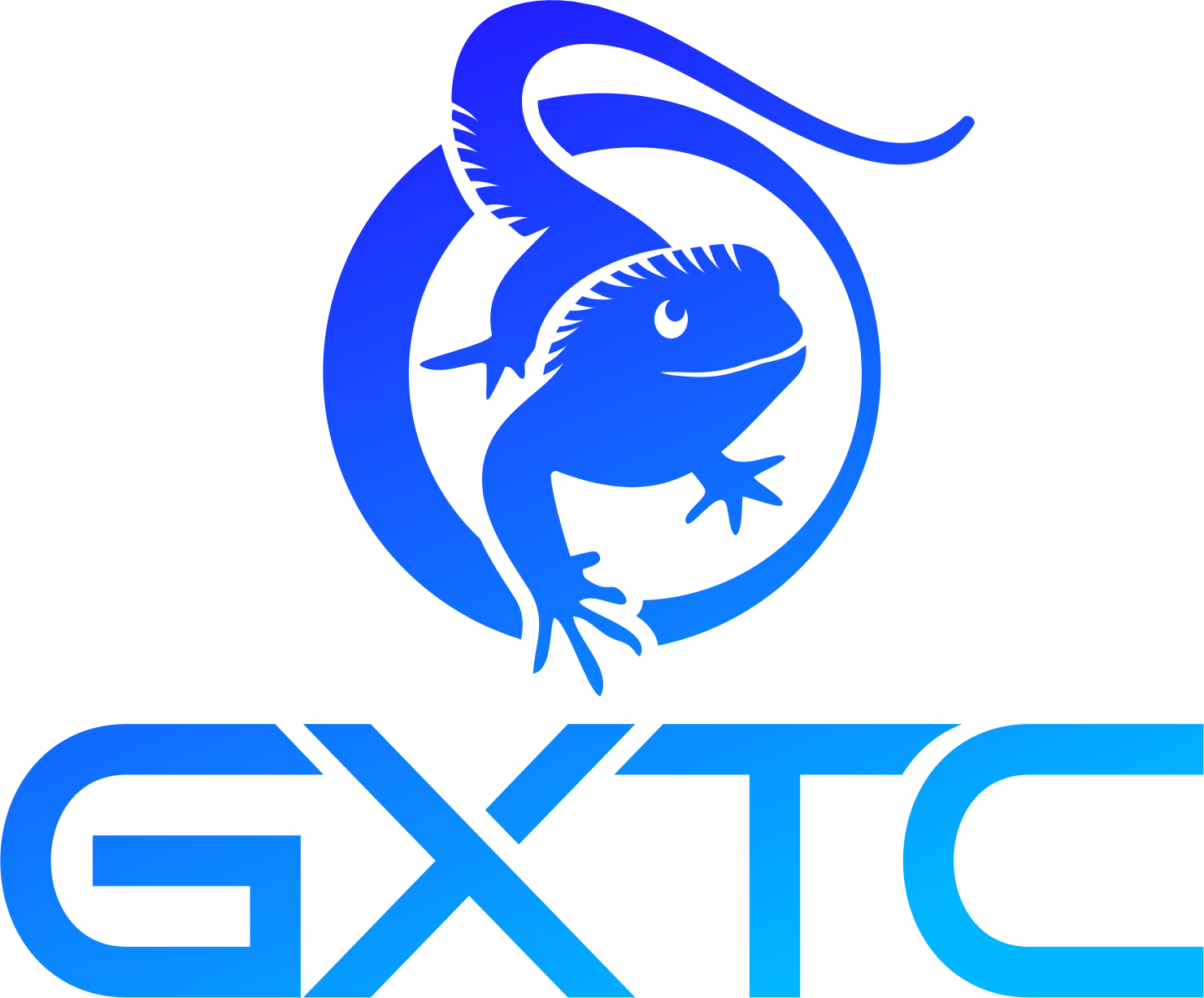UVB ultraviolet lamps are used in the production of liquid crystal panels
Release time:
2025-02-26
In the production process of liquid crystal panels, UVB ultraviolet lamps (with a wavelength range typically of 275-320nm) are indeed used in specific process steps, especially in key stages such as "photo-alignment" and "photo-curing".

In the production process of liquid crystal panels, UVB ultraviolet lamps (with a wavelength range typically of 275-320nm) are indeed used in specific process steps, especially in key stages such as "photo-alignment" and "photo-curing". Below are the specific applications and technical bases:
1. Photo-Alignment Process
Photo-alignment is one of the core technologies in the production of liquid crystal panels, aiming to align liquid crystal molecules in a preset direction through ultraviolet irradiation, forming a stable tilt angle. This process requires the use of ultraviolet light of specific wavelengths (such as the UVB band):
- Role of UVB Ultraviolet Fluorescent Lamps: UVB lamps emit ultraviolet light in the 300-400nm range (e.g., peak wavelengths of 318nm and 336nm), activating photosensitive materials in the alignment film and prompting the formation of an oriented arrangement structure in the polymer, thereby controlling parameters such as the pre-tilt angle of the liquid crystal molecules.
- Technical Advantages: Compared to traditional rubbing alignment, photo-alignment avoids substrate contamination and allows precise control of liquid crystal parameters by adjusting the irradiation angle and time.
2. Photo-Curing Process
In the encapsulation and fixing stages of liquid crystal panels, UVB ultraviolet lamps are used to cure sealing materials or adhesives:
- Sealing Material Curing: For example, in the drop bonding method, UVB lamps irradiate the sealing material to rapidly cure it, while controlling the wavelength distribution (such as cutting off harmful wavelengths below 340nm) to minimize damage to the liquid crystal molecules.
- TOP Layer Curing: UVB ultraviolet light can also be used to cure insulating films (such as SiTi layers), forming a dense structure through photopolymerization reactions to enhance surface hardness.
3. Other Related Applications
Although UVB is mainly used for photo-alignment and curing, other ultraviolet bands (such as UVA and UVC) also play important roles in liquid crystal manufacturing:
- Photo-Cleaning and Photo-Modification: UVC (254nm) is commonly used to clean organic substances from the substrate surface, while UVB may react with oxygen to generate ozone, assisting in enhancing surface hydrophilicity and improving the adhesion of subsequent coatings.
- Photolithography Process: The UVA band (365-405nm) is typically used for photoresist exposure, but UVB may be involved in auxiliary steps in certain special alignment film treatments.
4. Technological Development and Localization Breakthroughs
Previously, the glass tube technology for UVB ultraviolet fluorescent lamps was monopolized by foreign countries. However, domestically, a high-performance glass tube formula (containing SiO₂, CaO, Na₂O, and other components) has been developed. The UVB lamps produced with this formula can achieve a lifespan of over 8,000 hours, with performance comparable to international standards, addressing the core requirements of the photo-alignment process.
Summary
UVB ultraviolet lamps are primarily used in the production of liquid crystal panels for photo-alignment and UV curing processes, serving as critical equipment to ensure the directional alignment of liquid crystal molecules and the curing of materials. The core technology lies in precise wavelength control and the stability of the light source. Breakthroughs in domestic technology have further promoted the widespread adoption and optimization of this process. Other ultraviolet wavelength bands (such as UVA and UVC) play roles in cleaning, photolithography, and other stages, collectively supporting the precision manufacturing of liquid crystal displays.












